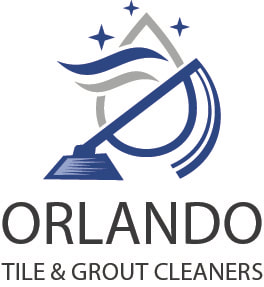|
When it comes to maintaining a clean home, few challenges are as daunting as keeping your upholstered furniture free of stains and dirt—especially in a bustling household with young explorers. Choosing the proper upholstery cleaning method is not just about aesthetics; it’s about ensuring the safety of your little ones. This article will help you get into the nuances of dry and wet cleaning processes, highlighting which is more conducive to a child-friendly environment. The focus here isn’t just on eliminating visible stains or dirt and using safe practices that protect your children from harsh chemicals and allergens like dust mites and pet dander. Understanding the 'cleaning codes' for your upholstery is crucial as they guide you on the safest and most effective cleaning methods for different types of fabric, ensuring you choose a method that is both safe for your children and appropriate for your furniture. By understanding these cleaning methods, you can create a healthier space for your children to play and grow, ensuring that cleaning upholstery is part of safeguarding your family’s well-being. Join us as we explore how to keep your home immaculate and safe without compromising health. Upholstery Cleaning Process: A Closer LookWhen juggling daily life's chaos and striving to keep a safe, clean home for your kids, understanding the nuances of upholstery cleaning can feel overwhelming. Let's break down the two main methods: dry and wet cleaning. Dry Cleaning with Cleaning SolutionDry cleaning involves minimal or no water. Technicians use special dry cleaning solvents and vacuuming solutions to eradicate dirt and stains from your furniture. This way is ideal for fabrics that are sensitive to water or prone to shrinking. Think of it as giving your sofa a gentle yet effective refresh without the lengthy drying time. It’s convenient for busy families who need quick results and want to avoid harsh chemicals. Wet CleaningOn the other hand, wet cleaning, often called steam cleaning, incorporates a detailed wet cleaning process that includes hot water extraction as a key component to deep clean fibers and remove stains. This method involves mixing hot water and cleaning agents into the upholstery to break down grime, which is then extracted along with the dirt. Although it can tackle more stubborn stains and pet accidents, it requires a longer drying time, making it less ideal when you need your living spaces ready quickly. Both methods have their place in a child-safe cleaning regimen, but the right choice often depends on the type of upholstery fabric you have and your family’s specific needs. Comparing Dry and Wet Cleaning MethodsChoosing the proper upholstery cleaning method can feel like navigating a maze. Let’s break it down to help you decide which method might be best for keeping your family’s space spotless and safe. It's also crucial to consider chemical-free cleaning options when comparing dry and wet cleaning methods for child safety. Effectiveness in Stain Removal for Common Child StainsFood and beverage spills:
Safety AspectsChemicals and child safety:
Cost and ConvenienceWhen deciding between dry and wet upholstery cleaning, consider what’s best for your furniture and what fits your budget and schedule. Let’s examine how each stacks up in terms of cost and convenience. Eco-friendly cleaning solutions offer a balance between cost, convenience, and environmental responsibility, making them an important consideration in your decision-making process. Cost Comparison: Dry vs. Wet Cleaning MethodsUpholstery cleaning costs are a key consideration when comparing dry and wet cleaning methods. Dry cleaning tends to be pricier due to the specialized chemicals and equipment used, but it’s a swift process that allows your furniture to be returned to use quickly. On the other hand, wet cleaning is often more affordable and can effectively deep clean upholstery, though it may require longer drying times, which could inconvenience your busy life. Availability of Professional ServicesFinding professional upholstery cleaners is easy for both methods, but availability might vary depending on your location. Wet cleaners are more common, but dry specialists offer a niche service that could be less readily available. Choose wisely, considering both the upfront cost and the long-term care of your other upholstered furniture. Remember, the right upholstery cleaning process saves money and preserves the life and look of your furniture. Expert RecommendationsSeeking guidance from professionals can steer you toward the safest choices in furniture cleaning. Here's what the experts have to say:
Seek Professional Services to Deep Clean UpholsteryWhen it comes to maintaining a child-safe environment, choosing the right upholstery cleaning method is crucial. Here’s a quick recap and our final recommendation:
Comments are closed.
|




